Summary of REDpurl™ properties
REDpurl™ audio cables are flexible enough to tune whilst maintaining a stable, self-supporting core geometry.
Conductors are not parallel but intersect
Conductors intersect at angles, rather than lying parallel with each other so reducing interference or crosstalk.
Low capacitance
The result is more space between conductors creating a low-capacitance cable with good mechanical flexibility, without the need for fillers or sheaths.
Phase differences
REDpurl™ geometry gives smaller-diameter conducting filaments a longer length per unit distance than the larger diameter wires. This addresses possible phase differences.
Harmonic modes
The organic asymmetric structure of the REDpurl™ geometry prevents identical relationships between conductors becoming established so inhibiting harmonic modes across the music spectrum and improving dynamic control.
Conductor diameter
We believe in order to deliver a full range of dynamics, weight and tonal colour across the frequency spectrum, an audio cable requires different diameter conductors. However, when combined using conventional techniques, their proximity to each other can effect the natural flow and musicality of the sound. We find the extra space we create between wires sounds a lot better.
HiFi audio cables — choosing the right conductors
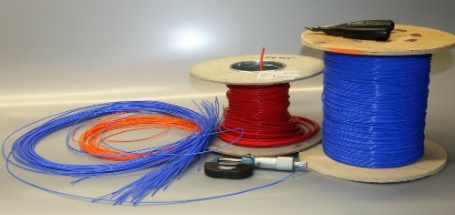
Multi-stranded
For us, multiple strands of silver-plated copper convey the timbre of instruments and voice more realistically than single conductors.
Silver-plated copper
When silver-plated copper is used with the correct cable geometry, it produces a sense of delicate clarity that is unmatched by any form of pure copper or pure silver that we have tried.
Insulation
PTFE is a very stable, high-performing insulator with a low dielectric constant. It provides excellent mechanical properties and a consistent level of detail and clarity above other insulators that we have tested.
Shielding and directionality
We have carried out extensive tests on cable shielding. Whether floating or grounded it always adds a slight artificiality to the sound, removing some of the natural exuberance of the instruments so we don’t use shielding.
Our Experience680 RCA interconnects are directional even without tuning. Once tuned all our cables are directional.
Termination
Our RCA interconnects are terminated using the push-on KLE copper harmony termination, which we have found are well designed and produce the highest levels of musical reproduction.
Burn-in
A cable sounds more balanced musically for a burn-in over the course of a week. It is, therefore, best to listen to the cable during this period to appreciate what it delivers before tuning it, but there is no reason to extend a burn-in period each time the wire positions are varied.
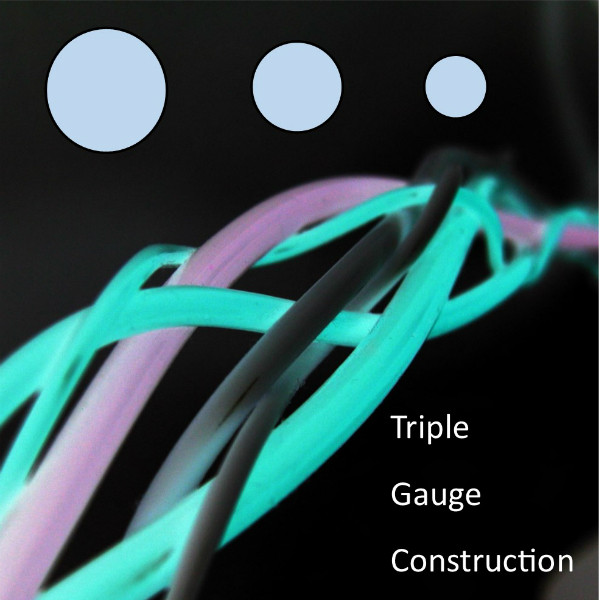
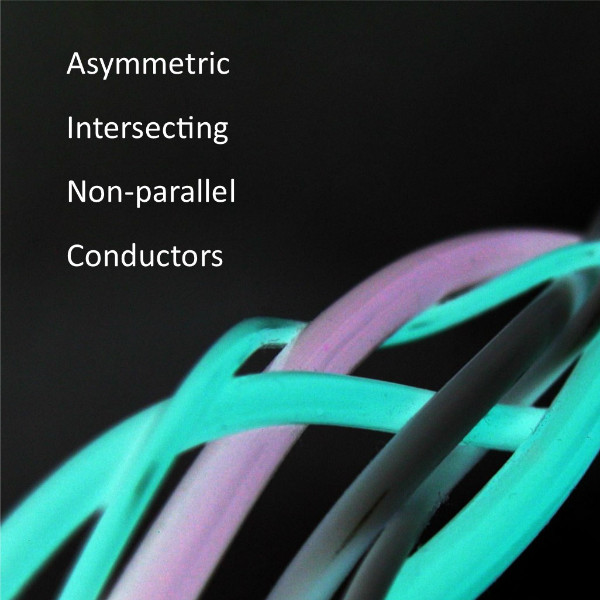
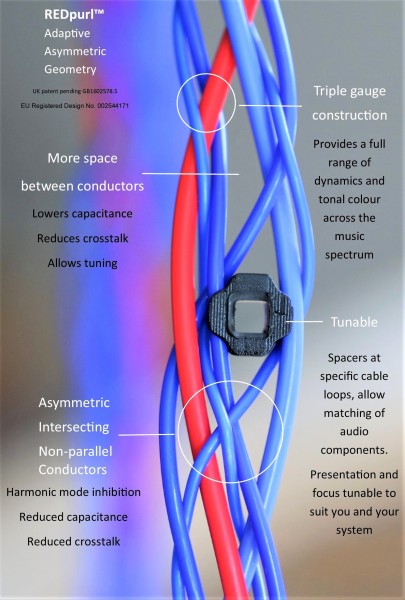

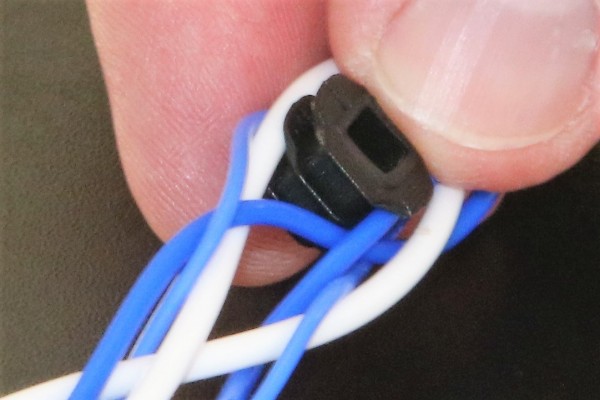
.jpg)


